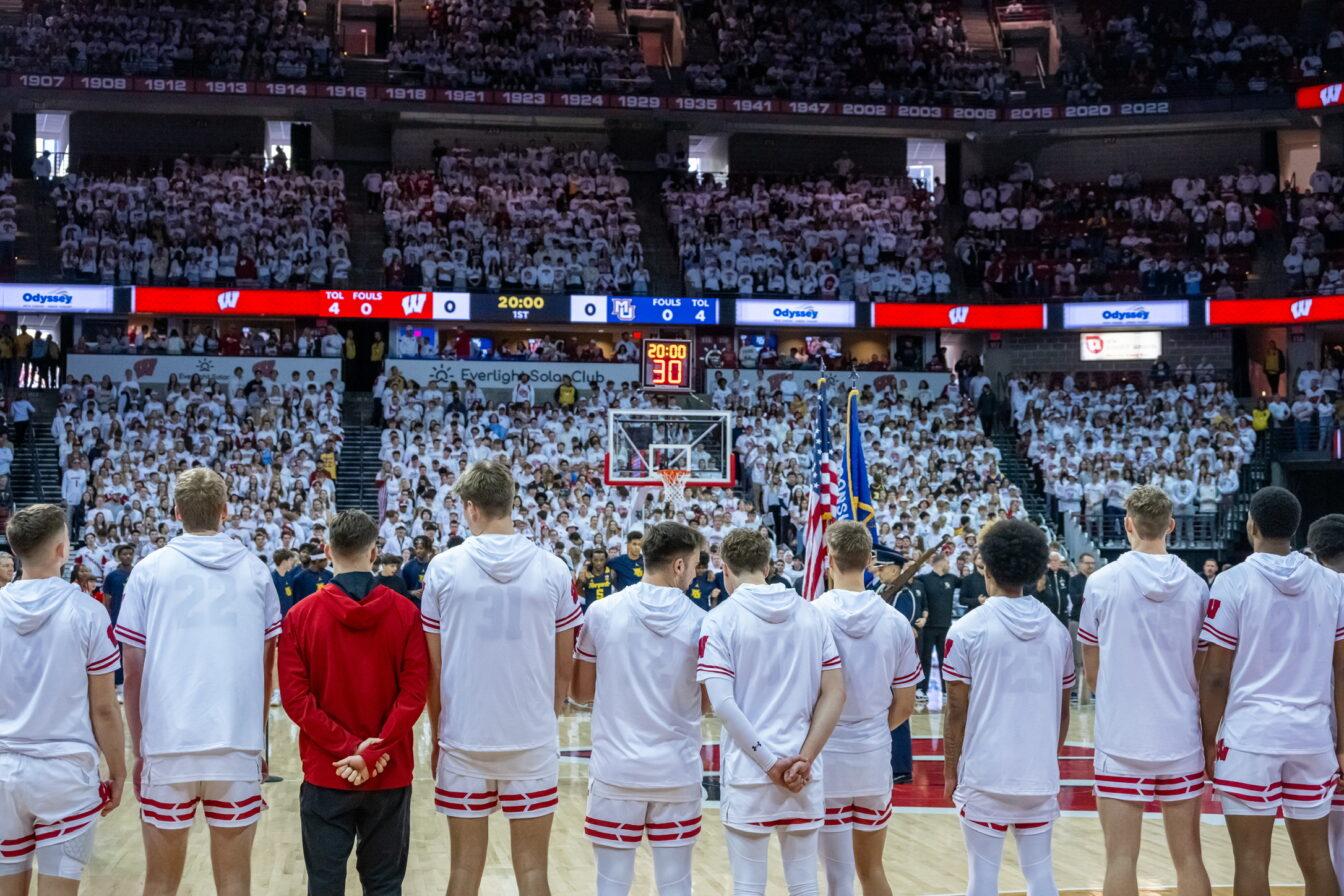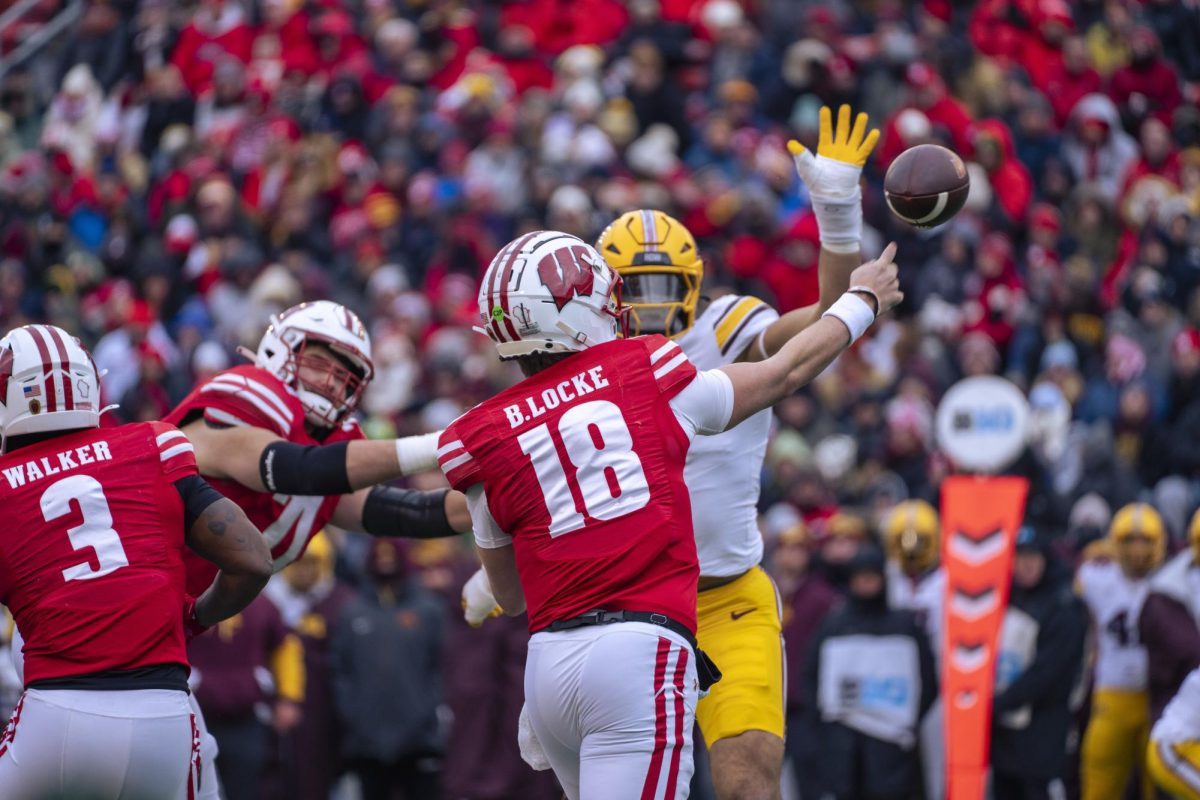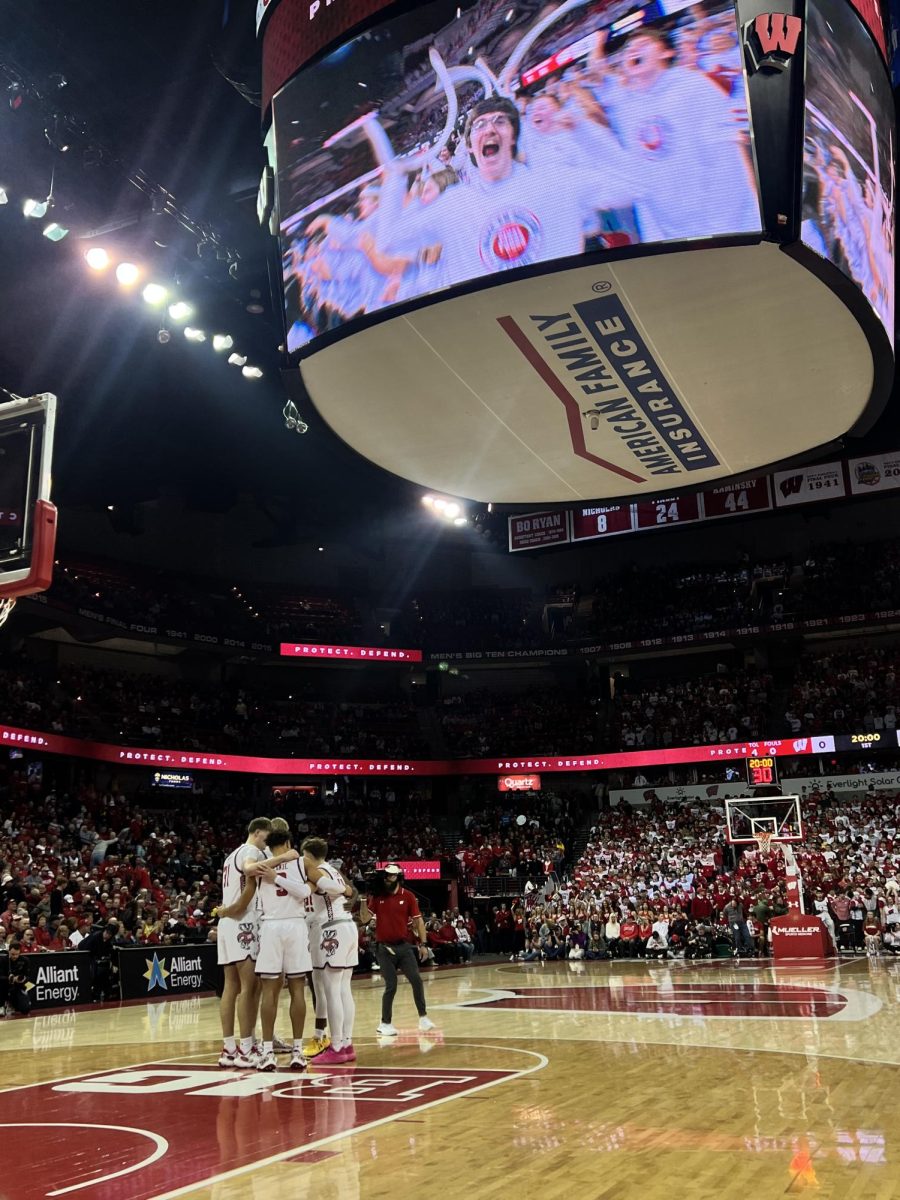Maybe the Virginia earthquake re-aggravated it on August 23, or perhaps the rulebook on chivalry between conference members has been misplaced below the stack of improper benefit paperwork.
No matter the real epicenter of chaos, the college football landscape is shifting quickly. Reports of schools either changing, thinking about changing or waiting for other schools to change before they change conferences are flying about in a whirlwind of rumor.
First, let’s break down what we know to be fact. In 2012, Texas Christian will join the Big East with Hawaii, Fresno State and Nevada replacing them in the Mountain West Conference, Pittsburgh and Syracuse will be joining the ACC and Texas A&M wants to jump the sinking ship that is the Big 12.
Besides that limited amount of information, everything else seems to be speculation at this point – mounds and mounds of speculation.
Oh, this just in: MWC commissioner Craig Thompson has said he is trying to convince TCU to forgo the Big East and remain in the MWC. So much for what we know to be fact.
It seems interesting to me that people are just beginning to recognize two very obvious trends: Football rules the collegiate scene and people love money. Have those just beginning to recognize this or surprised by all the realignment been living under a rock?
College basketball may be big, and March Madness rules television in the spring, but none of these schools are changing conferences because of benefits on the hardwood. Syracuse and Pittsburgh are two of the top basketball programs in what arguably has been the toughest basketball conference in the country, but that didn’t prevent them from switching to the ACC, one of the weaker football conferences.
In an interview on “Outside the Lines” with Bob Ley, ex-Big East commissioner and early Big East pioneer Mike Tranghese was clearly distressed over losing two of the conference’s top programs.
“I am not surprised that this occurred,” Tranghese said. “It’s been a feeling that I have felt for a long time that once somebody started to move it seems to be a copycat environment in college athletics that everybody would start to move. We have seen what happened with the Pac-12, what the Big 12 is going through. I knew the Big East would eventually become a target.”
However, he is not buying all the talk that realignment is all about forming conferences with like-minded schools.
“I think college football has just taken control of everything that is going on in the country. All these moves are about football and money and greed, and I am embarrassed about the whole thing. Not just because it has affected the Big East. It just seems that things such as integrity and loyalty and congeniality are gone.
“You can talk about being good fits and academic agendas and none of that has anything to do with anything. The presidents can say that, but I have sat in the room and I know what it is. It’s about football and it’s about money and in certain instances it’s about greed.”
Really? Who knew that universities across the country have been trying to make as much money off of sports as possible? Was it the multi-million dollar conference television networks that gave it away?
So, what lies ahead? With Texas (ACC, Pac-12?) and Oklahoma (Pac-12?) looking to pull a scene from Julius Caesar and stab a dagger between the ribs of the Big 12, things are not going to settle down for quite some time. If the Sooners, Longhorns and Aggies successfully leave the conference (there may be some legal actions taking place to prevent it), it will leave only seven teams behind on the brink of destruction.
The only hopes the Big 12 has of surviving would be to absorb the remaining Big East schools or MWC schools, and that would obviously mean the death of either of those conferences.
According to an ESPN.com report, the MWC is also talking to Big 12 and Big East schools and even exploring options of combining the MWC and Conference USA for football only, playing a championship game between the winners of each league.
The SEC looks to be an exclusive club, but if it accepts Texas A&M, it would seem likely that at least one more team would have to be invited to join the SEC for an even 14 schools. Florida State, anyone?
It is clear that the early winners in this arms race are the Pac-12 and SEC, leaving everybody else scrambling for the scraps.
Interestingly, through all the noise, not much has been heard from the Big Ten during the past couple weeks of craziness. They seem content to sit with 12 members at this point, but is that a smart strategy?
In August, after Texas A&M announced its desire to play in the SEC and before the rest of the college football world came crashing down, Big Ten Commissioner Jim Delaney told Teddy Greenstein of the Chicago Tribune that SEC expansion would not affect the Big Ten for now and that “we have closed down active expansion.”
That statement seems counter-intuitive for the Big Ten after it fought so hard to finally obtain a conference championship game by adding Nebraska in order to better compete with other top conferences across the country.
Why then would the Big Ten grow content to fall behind once more? If the Big Ten wants to stay competitive, it should grow its television markets and recruiting beds while quality schools remain to be had.
Super-conferences are growing visible on the horizon with possibilities of 16-team Pacific and Southeastern conferences a distinct possibility in the next two or three years. And every school on the move is saying “Show me the money.”
Brett is a senior majoring in journalism? Let him know at [email protected] and be sure to follow @BHeraldSports on Twitter for all the latest Badgers news.













